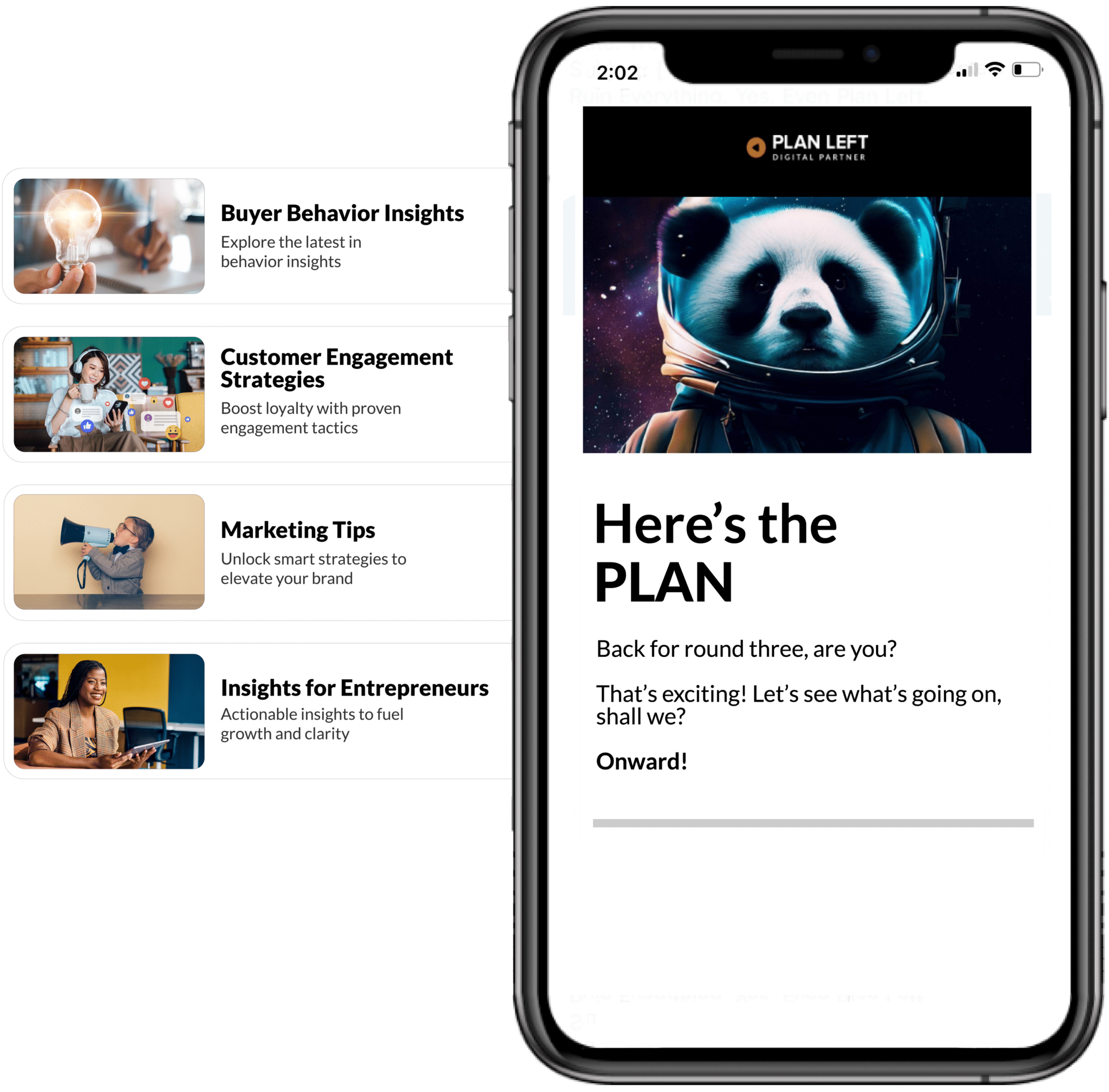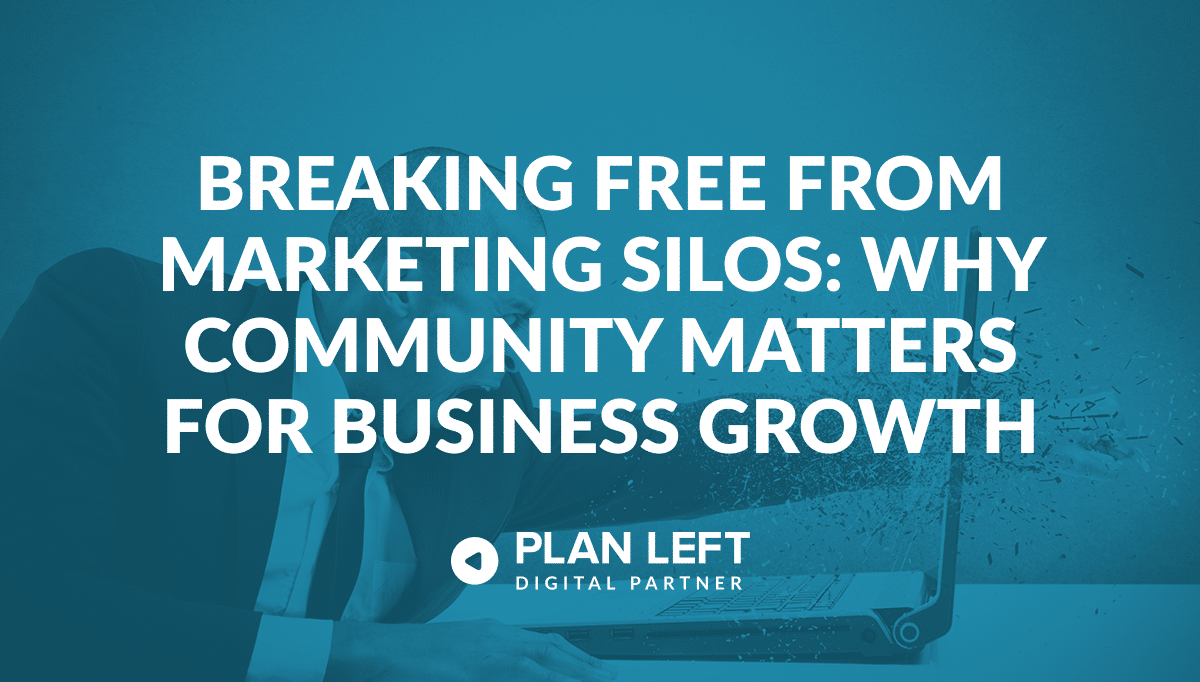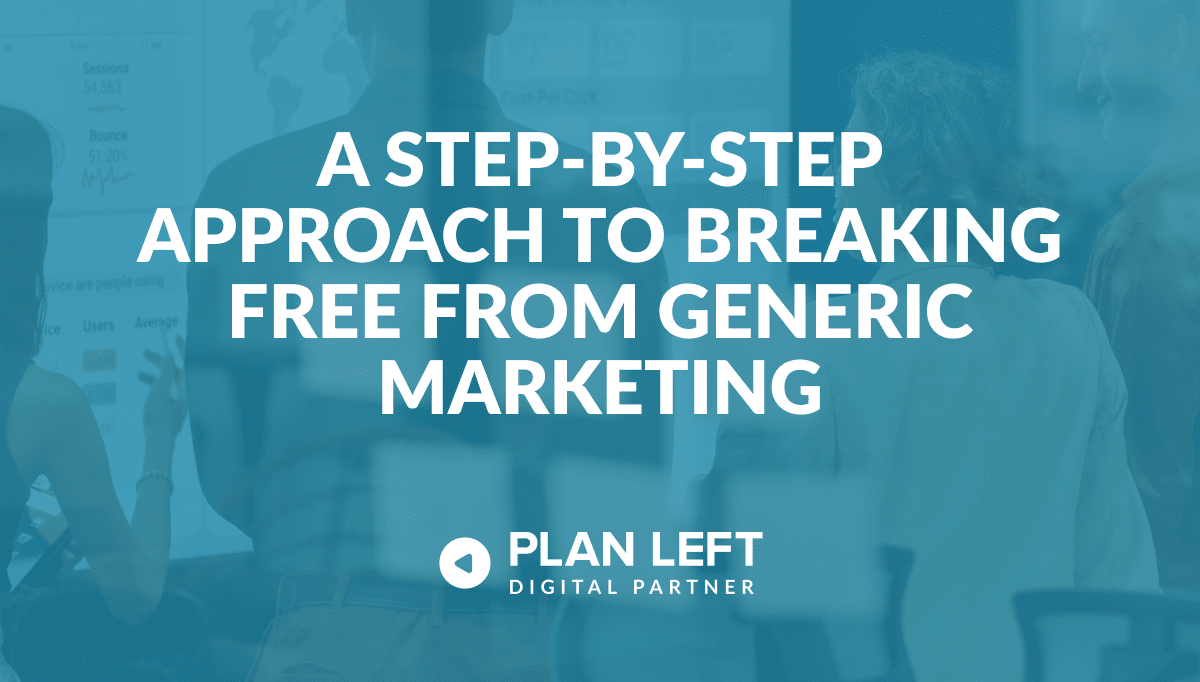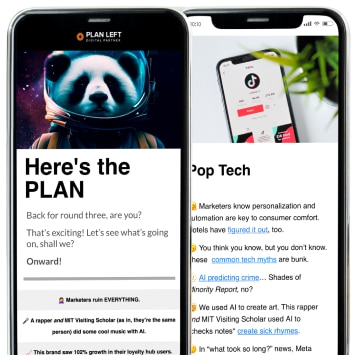
Digital accessibility is a commitment to creating inclusive online experiences that welcome every user. As businesses increasingly recognize the importance of web accessibility, the question isn’t whether to test, but how to test most effectively.
Understanding ADA Testing Methodologies
Web accessibility testing has undergone a significant transformation. What began as a compliance exercise has evolved into a nuanced approach to digital inclusivity. Manual and automated testing each play crucial roles in uncovering potential barriers that might prevent users with disabilities from fully engaging with digital content.
At its core, accessibility testing aims to ensure that websites and digital platforms are usable by everyone, regardless of their abilities. Automated tools scan websites for technical compliance, while manual testing brings the critical human perspective that algorithms can’t replicate.
The Power of Automated ADA Testing
Automated testing tools are the rapid scouts of web accessibility. They quickly scan websites, identifying a wide range of potential issues with remarkable speed and consistency. These tools excel at detecting:
- Color contrast problems
- Missing alternative text for images
- Improper heading structures
- Basic keyboard navigation issues
- HTML validation errors
However, automated testing isn’t a silver bullet. These tools typically catch 30-50% of potential accessibility issues. They’re excellent at identifying technical violations but can miss nuanced user experience challenges that require human insight.
Best practices for automated testing include:
- Running tests regularly during development
- Using multiple automated testing tools
- Understanding the tools’ limitations
- Treating automated tests as a starting point, not a final solution
The Depth of Manual ADA Testing
Where automated tools fall short, manual testing steps in. Human accessibility auditors bring a depth of understanding that goes beyond algorithmic checks. They simulate real-world user experiences, uncovering complex challenges that automated tools might miss.
Manual testing provides unique insights by:
- Evaluating screen reader compatibility
- Testing complex interactive elements
- Assessing navigation flow for users with different abilities
- Identifying contextual usability issues
- Verifying meaningful alternative text and content descriptions
Expert auditors understand that accessibility is about more than technical compliance—it’s about creating genuinely inclusive digital experiences that respect user diversity.
Hybrid Approach: Combining Manual and Automated Testing
The most effective accessibility strategy isn’t about choosing between manual and automated testing, but integrating both approaches. A hybrid model allows businesses to:
- Quickly identify technical issues through automated scanning
- Gain deep, nuanced insights from expert manual review
- Create a comprehensive accessibility evaluation process
- Continuously improve digital experiences
Successful implementation involves:
- Using automated tools for initial, broad-spectrum testing
- Conducting thorough manual reviews to validate and expand on automated findings
- Developing a continuous improvement process
- Training development teams on accessibility best practices
Beyond Testing – Creating Truly Accessible Experiences
Accessibility transcends mere compliance. It’s an opportunity to demonstrate organizational values, expand market reach, and create more intuitive digital experiences for everyone.
By embracing a holistic approach to web accessibility, businesses can:
- Differentiate themselves through inclusive design
- Reach broader audiences
- Minimize legal risks
- Improve overall user experience
The most successful organizations view accessibility not as a burden, but as a chance to innovate and connect more meaningfully with all users.
Remember, digital accessibility is a journey, not a destination. It requires ongoing commitment, continuous learning, and a genuine desire to create digital spaces that welcome everyone.
Explore Latest Posts
The Entrepreneur's Guide to Creating a High-Ticket Flagship Offer Most businesses are built on a foundation of scattered services, multiple ... read more
December 16, 2025
Breaking Free from Marketing Silos: Why Community Matters for Business Growth Every entrepreneur knows the weight of making decisions alone. ... read more
December 11, 2025
A Step-By-Step Approach to Breaking Free from Generic Marketing Enterprise marketing leaders face the challenge of standing out among countless ... read more
December 9, 2025
Essential Strategies for Entrepreneurs
Get Actionable Business Insights & Marketing Tips
Our newsletter delivers real-world strategies from entrepreneurs who’ve been exactly where you are.
Sign up now for:
- Actionable growth strategies that work
- Insider tactics for attracting top talent
- Real-world case studies from successful founders
- Emerging tech trends that drive innovation
- Pragmatic marketing approaches for visionary leaders




